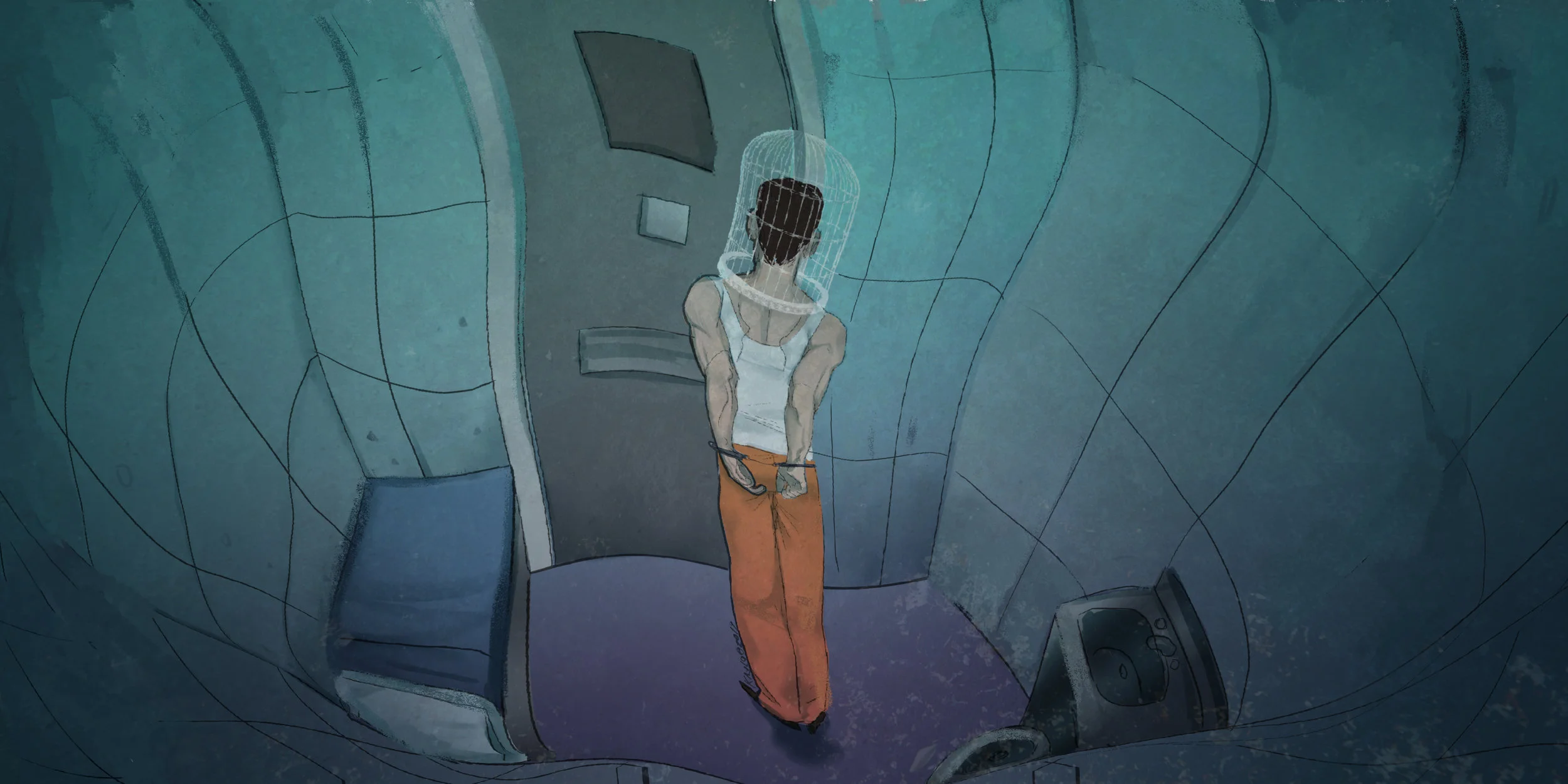May 2016
Issue 10: Drugs
Whether illicit, prescription or more benign, there's some serious science behind the pills we're all popping. From hospitals to nightclubs to your bathroom cupboard, chemical compounds can save lives – or get us high.
This month, Lateral's dealing with drugs: how they're developed, how they help us cope, their influence on art, and more. There's lots to explore in this issue – plenty to help you turn on, tune in, and drop out.
Cover illustration by Shruti Kotecha.
Editorial
FeatureS
Mushrooms and cocaine and weed, oh my! What’s happening in a brain under the influence, and what causes highs and hallucinations – and the corresponding crashes and withdrawal?
Psychoactive drugs have a history of influencing some of the world’s greatest writers, artists and musicians. Both the high and the art we create from this experience is unique to each person, and can be as much of a hindrance as a help.
It’s delicate terrain for women struggling with their mental health during the trials of new motherhood. In some cases, psychiatrists suggest drug-based intervention is the safest option.
In the 1970s, political and cultural stigma kneecapped decades of research on the use of psychedelic drugs to treat mental illness. Now scientists are returning for a second look.
In the search for better, faster, stronger drugs, animal venom could be the answer, as toxins are harnessed to create target-specific treatments.
Articles
Traditional drug development is a slow and inefficient process. By focussing on side effects, we can find unexpected new uses for existing drugs.
We all benefit from new medicines, but getting them to market is expensive. Academia and industry must collaborate better to improve the drug development process.
Columns
Pharmacogenomics really has expanded to all areas of medicine, even dentistry. So there’s no need to lose your nerve when you have to get your teeth checked.
Some misconceptions never die. Three scientists correct the facts people just keep getting wrong.
Our laptops and phones are almost miraculously powerful. How did computers come so far in such a short period of time?









































































The world is running out of effective antibiotics. To address the crisis, scientists need to unify and play off each other's strengths.